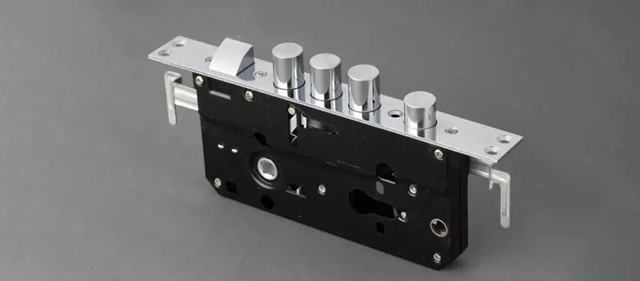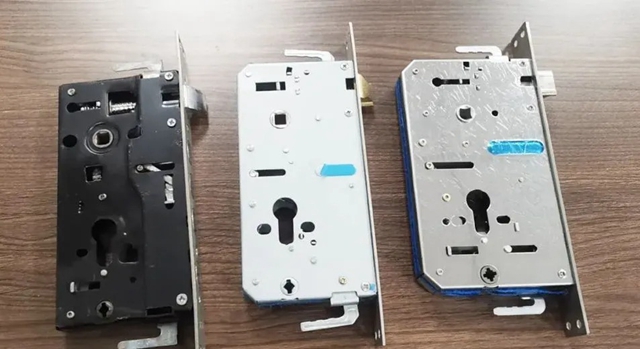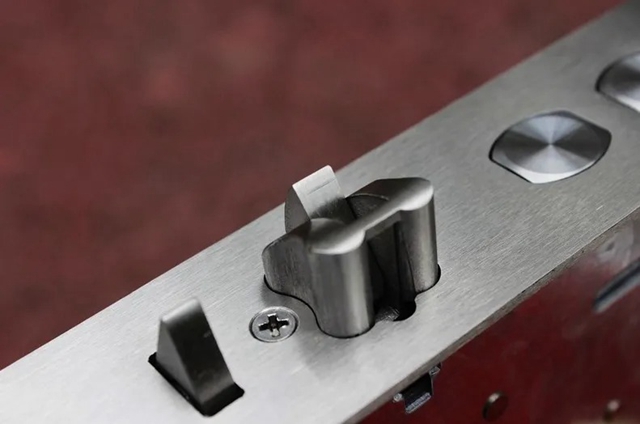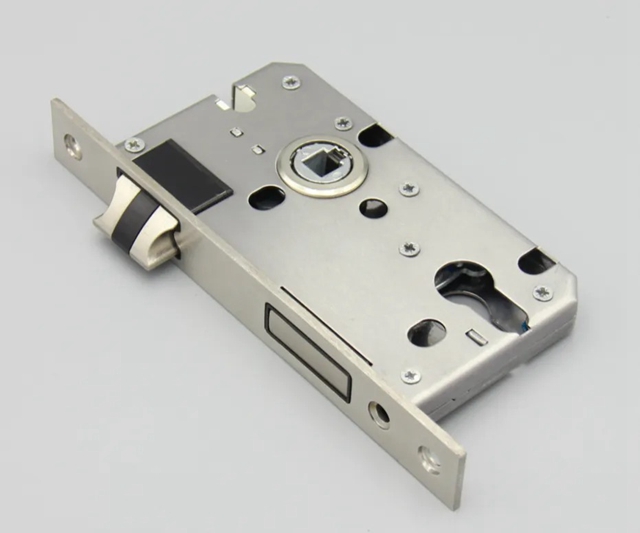When selecting a high-quality smart lock, the material, craftsmanship, and technology are crucial, but the lock body is equally important. With numerous smart lock brands available, each offering unique lock bodies and introducing new designs annually, the variety of lock body types is extensive.
In this competitive market, how can distributors quickly assess the quality of lock bodies, choose the most suitable one for their customers, and ensure the best user experience that wins customer loyalty?
In this article, we consulted experienced distributors, installers, and manufacturers to bring you practical methods for identifying superior lock bodies.
1. Lock Body Material
The material is a fundamental factor in determining the quality of a lock body. Stainless steel is the most commonly used material in the smart lock industry due to its excellent corrosion resistance and durability, making it ideal for long-lasting products like lock bodies.
Lock bodies can generally be categorized into full-steel and semi-steel based on the proportion of steel used. Full-steel lock bodies are entirely made of stainless steel, including the outer shell, latch, and internal mechanical components. Semi-steel lock bodies, on the other hand, use stainless steel for key parts like the main latch and deadbolt, while other components, such as the shell and latch, might be made from iron or copper.
To assess the quality of a lock body by its material, it’s essential to distinguish between full-steel and semi-steel types. The differences are notable: First, full-steel lock bodies have a smooth, shiny exterior, whereas semi-steel lock bodies often appear dull.
▲The right one is all-steel lock body, and the other two are mainly made of iron.
Second, semi-steel lock bodies typically feature a copper latch, identifiable by its color. Lastly, due to the difference in materials, full-steel lock bodies are significantly heavier than semi-steel ones.
2. Manufacturing Craftsmanship
Beyond the material, the internal structure of a lock body plays a critical role in its overall quality. According to smart lock manufacturers, a well-made lock body has high mold precision and a tight fit between internal components. High-quality lock bodies are often produced through precision casting, which results in finely detailed internal parts. In contrast, lower-quality lock bodies are typically made using die-casting, leading to less precise components.
3. User Experience
In addition to material and craftsmanship, seasoned distributors and installers can often judge a lock body’s quality by the tactile feedback during operation. A superior lock body operates smoothly, with no noticeable resistance. For electronic lock bodies, the sound and response during operation also serve as indicators of quality.
4. Types of Lock Bodies
Lock bodies in the industry are primarily divided into mechanical and electronic types. Mechanical lock bodies, due to their longer history and more mature manufacturing processes, tend to offer better overall stability and quality. However, as technology advances, the stability of electronic lock bodies is also improving.
Smart locks offer numerous electronic features compared to traditional mechanical locks, yet the quality of the lock body remains a critical factor influencing the product’s lifespan and user experience.
A high-quality lock body can maximize the performance and longevity of a smart lock, while a poor-quality one not only shortens the product’s lifespan but also leads to frequent malfunctions, negatively impacting the user experience and brand reputation.
We hope that distributors and installers will carefully discern lock body quality when selling and installing smart locks, recommending only the best options to consumers. A superior user experience will help drive the wider adoption of smart locks.
Post time: Aug-21-2024








